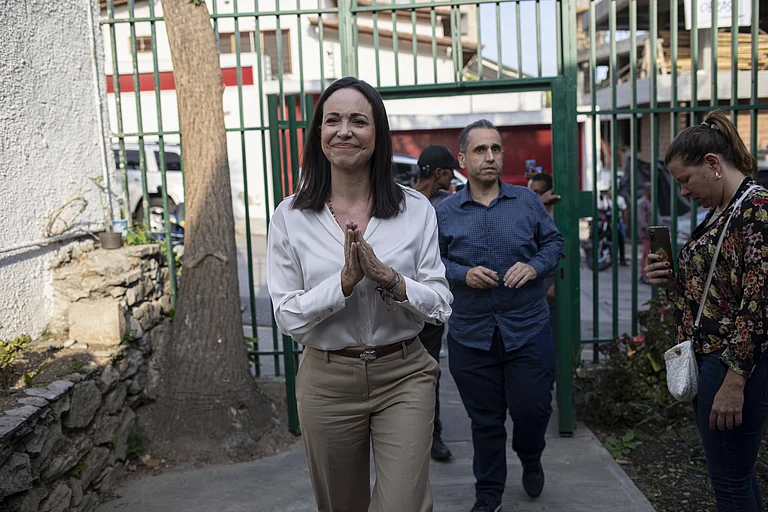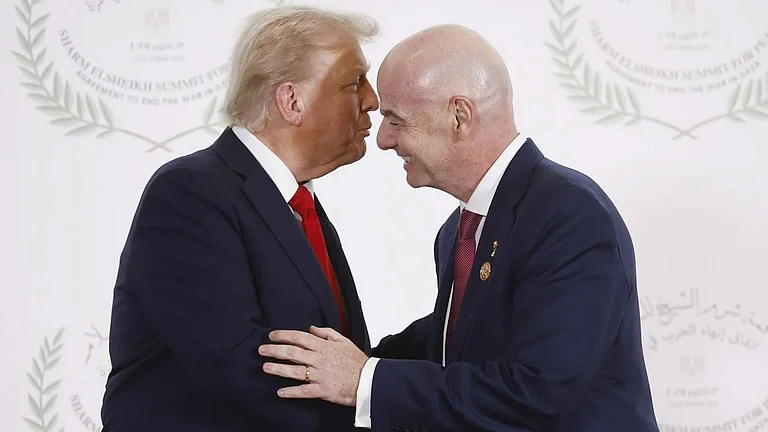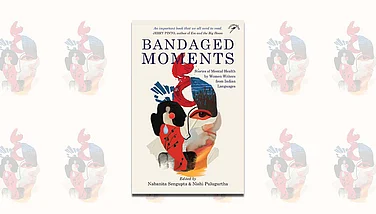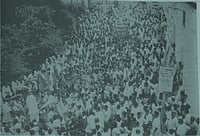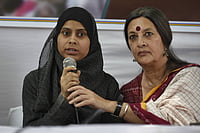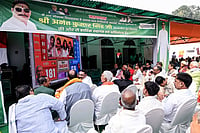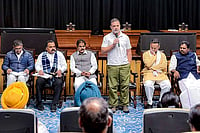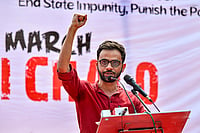
László Krasznahorkai’s Nobel win highlights a literary vision shaped by apocalyptic despair and the collapse of hope.
The horrors unfolding in places like Gaza reflect the dystopian worlds Krasznahorkai writes about, where cruelty is normalized and suffering ignored.
In an age where truth is distorted and silence prevails, dystopia is not imagined — it is lived.
Dystopia has gotten the attention of the Nobel Committee. The prize has gone to the Hungarian writer László Krasznahorkai for his “compelling and visionary oeuvre that, in the midst of apocalyptic terror, reaffirms the power of art.”
Dystopia is a world opposite to the ideal world we so long for, the Utopia that great reformers like Dr. Martin Luther King saw in his “dream”, or the Ram Rajya Gandhi talked about. It is a world which is defined by injustice, oppression, and lack of freedom. But who can blame Krasznahorkai for seeing the world as bleak and dreadful as he does?
What is dystopia if not a world where more than twenty thousand children are killed — and yet no one can stop it? Aid groups have described the humanitarian catastrophe in Gaza as post-apocalyptic. Perhaps this award to the “master of apocalypse,” as Susan Sontag once called him, is an invitation for us to confront the world in which Israel dropped the explosive equivalent of six Hiroshimas — 200,000 tons — on Gaza.
It is almost as if the hopelessness of the forgotten town in Satantango mirrors Gaza. The scene of the neglected girl walking with a dead cat in Krasznahorkai’s debut novel, somewhat pales in comparison to thousands of haunting images from the scene of conflict. This world belongs to his 2021 novel “Herscht 07769” which opens with a bleak epitaph, “hope is a mistake.”
At Outlook, we try to make sense of the “apocalyptic terror” around us from time to time. In 2022, we devoted our year-end special to the post-apocalyptic world that followed Covid. The next year, when media houses were raided for their critical coverage, we turned to allegory — to describe a world where writing itself was deemed seditious, and where speaking as a Muslim could mean years in jail without trial. The issue was titled All Is Well: The Dystopian World of the Happy News Industry. Ironically, many took it literally.
Critics said we had abandoned “hard facts” for imaginative storytelling. When the traditional forms of truth-telling are no longer viable or even permitted, why shouldn’t we turn to imagination to describe the dreadful realities we inhabit?
In the age of post-truth when fake news becomes real, and media outlets and newsrooms become polarised ideological camps, facts seem to have lost their meaning. Imagination, too, can bear witness. It was an attempt to imitate the great tradition of allegorical works like 1984 and Animal Farm.
What Krasznahorkai reminds us of is that apocalypse is never an event, but a condition. That apocalypse is not something that happens suddenly; it seeps in quietly, until despair becomes ordinary and silence becomes normal.
Krasznahorkai’s dystopia is no longer fiction. The terror he wrote about is already here, in our silences, in our newsrooms, in the normalization of cruelty. His novels do not predict the end of the world. They simply show that we may already be living in it. We just haven’t woken up yet.









